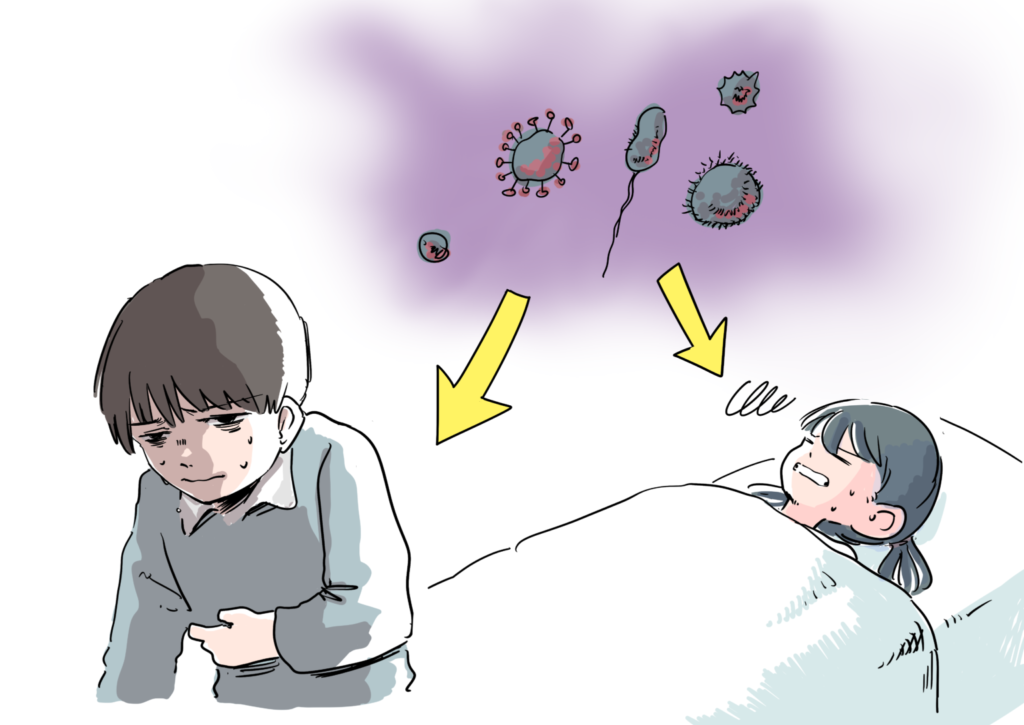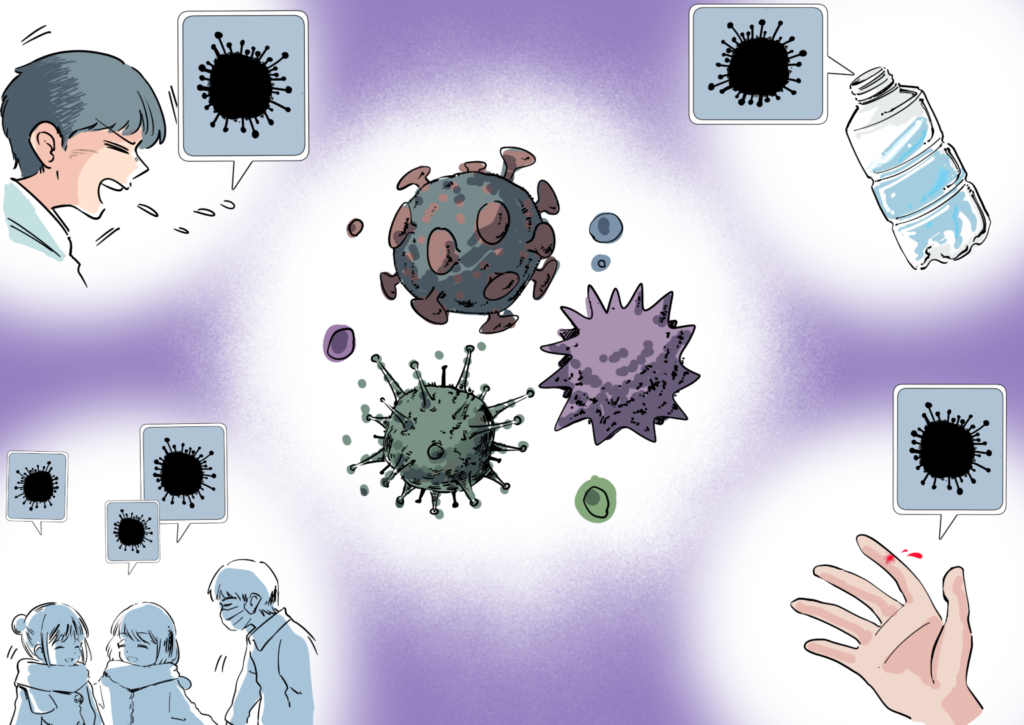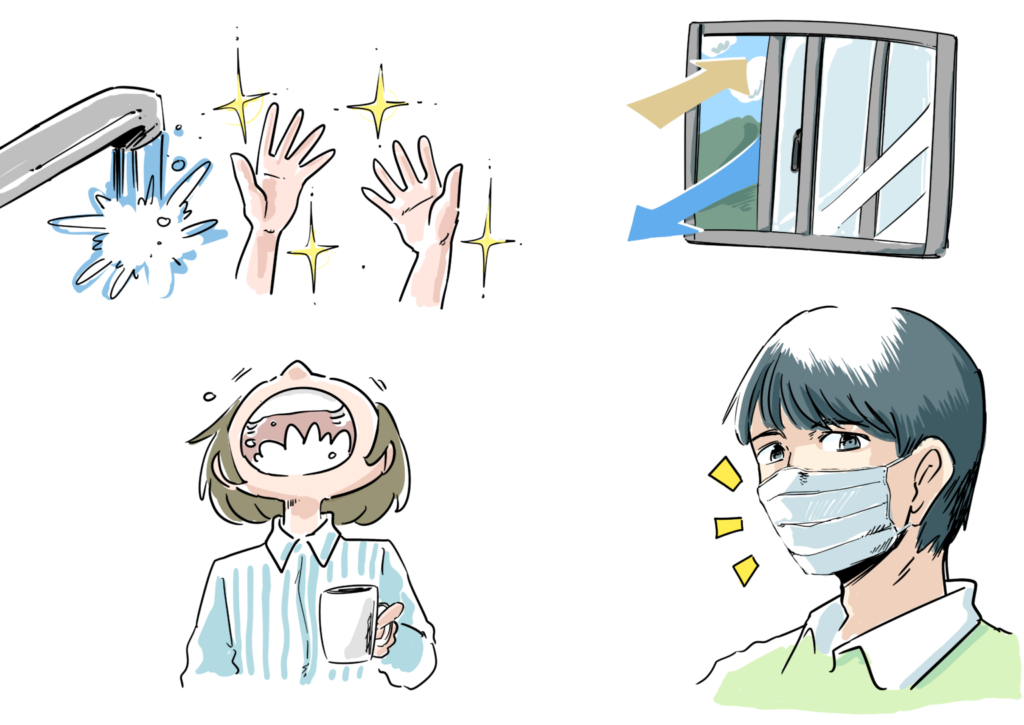
Infectious diseases are caused an increase in the number of pathogens (viruses, bacteria) which enter the body. These include the COVID-19, influenza, food poisoning, etc.
Infections can be caused touching or eating something with bacteria, coughing or sneezing and inhaling pathogens in the air.
According to the World Health Organization (WHO), three infectious diseases (lower respiratory infections, diarrheal diseases, and tuberculosis) are among the top 10 causes of death.
Infectious pathogens continue to emerge and re-emerge, underscoring considerable epidemic challenges to public health.

 To avoid infection, wear a mask, wash your hands and mouth regularly, avoid intensive contact with people, and ventilate and clean and disinfect frequently.
To avoid infection, wear a mask, wash your hands and mouth regularly, avoid intensive contact with people, and ventilate and clean and disinfect frequently.